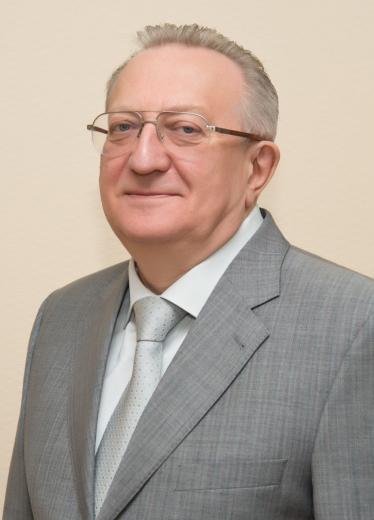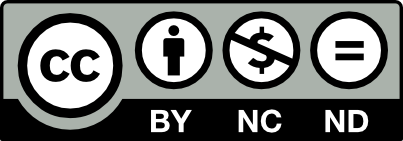Background. Patient S., 55 years old, complained of unbearable pain during when discontinuing hormonal ointments (she repeatedly tried to cancel steroid external remedies both with doctors and on her own, the attempts were unsuccessful. The patient could not endure and overcome the withdrawal syndrome on a physical and emotional level), burning sensation in the face, hot flashes, a constant feeling of "a burn" in the face (as if “a hot frying pan was applied to the face”), the release of clear fluid in the neck, behind the ears, sleep disturbance, unbearable itching not only during the day but also at night, excoriation (the patient unconsciously scratched her face at night due to unbearable itching), severe facial swelling, lack of appetite, redness in the area of eyes, cheeks, neck, décolleté, body, crusts in the lower third of the face and neck, large-scale peeling of the skin in the crusts, and difficulties in hygienic treatment of the affected skin. Other people thought, that the patient was abusing alcohol or eating highly salty food at night, although patient S. had nothing to do with either of these things. The patient was experiencing hypersensitivity of the skin in the eyelid area, swelling, redness, itching, pain in the eye area, rash, white discharge from the eyes, a feeling of a foreign body, impaired focus, a white veil in the eye area, and decreased vision. On examination: signs of a large-scale deep inflammatory process of the skin of the face, neck, décolleté, and eyes (signs of blepharoconjunctivitis) of a symmetrical nature, pronounced total generalized erythema of the entire face, neck, décolleté, and pasty soft tissues of the face (feeling that the skin will crack upon palpation), serous exudate in the neck area, behind the ears, crusts on the affected area, traces of excoriations, and pronounced parchment-like skin atrophy, multiple drainage telangiectasia, the skin is hot to the touch, painful on palpation (the patient closed her eyes in pain during the palpation test), the extreme degree of xerosis is determined, hyperkeratosis is pronounced in the neck and décolleté area, lichenification of the skin (visualized on the elbow, knee bends, back of the neck, back of the hands, forearms), a sharply positive leaf symptom (rustling, crunching of the skin is heard when holding a cotton pad on the surface of the skin), a negative white spot symptom, the inflammatory process has completely shifted from the surface of the cheeks to the skin of the eyelids. The therapy was carried out in accordance with Patents for Invention No. 2810400, No. 2810361, and No. 2811254. 1% hyaluronic acid was injected into the active projections, followed by the application of 20% lactic acid, a combination of 20% lactic acid and arginine, and 15% azelaic acid to the activation points. It is important to note that the different acids were applied depending on the location of the 1% hyaluronic acid injection and their sequence. During the 18 months of follow-up, the patient did not complain of itching, skin redness, swelling, or visual impairment. For the first time in 52 years, patient S. stopped using topical corticosteroids and became free from hormonal dependence. The presented clinical case of severe skin damage on the face, neck, and décolleté as a result of prolonged use of hormonal ointments is illustrative, demonstrating the consequences and outcome of patients with atopic dermatitis after prolonged use of hormonal ointments, the severity of the combined pathology (atopic dermatitis in combination with rosacea), and the complexity of treating the patient with a widespread inflammatory process and a critical state of psychoemotional health, which was accompanied by sleep disturbances, anorexia, and cachexia.
Purpose. Тo analyze, determine the cause-and-effect relationship and pattern of events that led to the development of a severe skin inflammatory process, to develop a strategy and tactics for managing patients with rosacea in atopic dermatitis, to determine an effective method for treating a patient with perioral dermatitis and ophthalmorrosation, and to minimize complications after prolonged use of topical corticosteroids.
Materials and methods. To analyze the current situation with the patient and identify the cause-and-effect relationship, we examined a 55-year-old patient named S., who had a critical skin condition as a result of 52 years of topical corticosteroid use. The patient provided information about her medical history, the nature of her condition, the medications she was taking, her systemic therapy, and her home care. A combined injection therapy was performed in accordance with Patents for Inventions No. 2810400, No. 2810361, and No. 2811254. 1% hyaluronic acid was injected into the active projections, followed by the application of 20% lactic acid, a combination of 20% lactic acid and arginine, and 15% azelaic acid to the activation zones.
Results. The result was observed after each procedure, at 2, 4, 6, 10, 14, and 18 months. The inflammatory process was stopped after the 8th procedure (the course interval was 2 weeks, followed by a transition to maintenance therapy with a gradual increase in the interval to 4 months). After 6 months of the follow-up, the patient's eyes, eyelids, and skin were clean, and there were no complaints.
Conclusion. After injection therapy with 1% hyaluronic acid in accordance with Patents for Invention No. 2810400, No. 2810361, and No. 2811254, and the use of 20% lactic acid, a combination of 20% lactic acid and arginine, and 15% azelaic acid in the activation zones, the inflammatory process of the skin and eyes was resolved.



